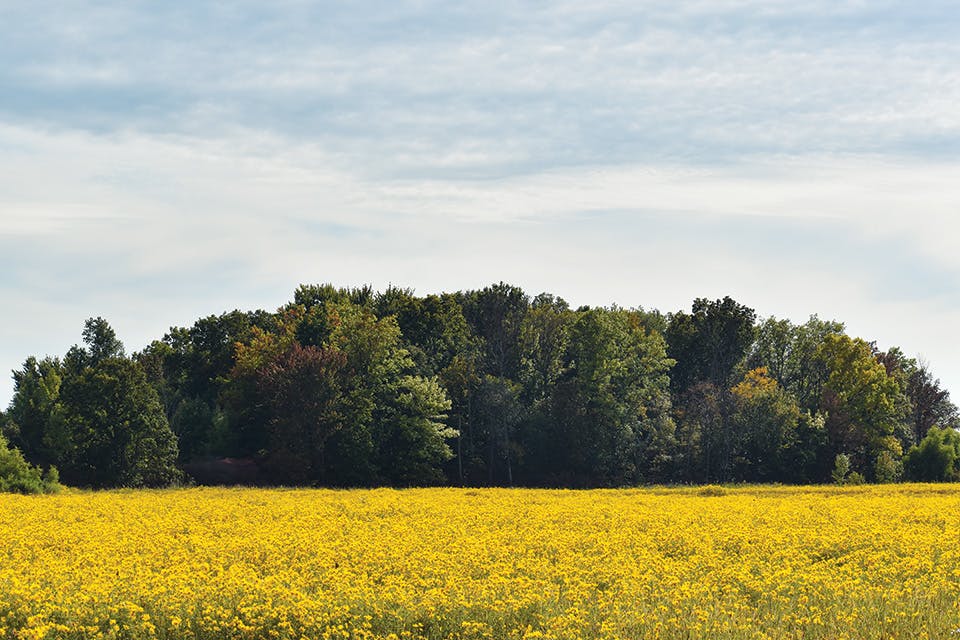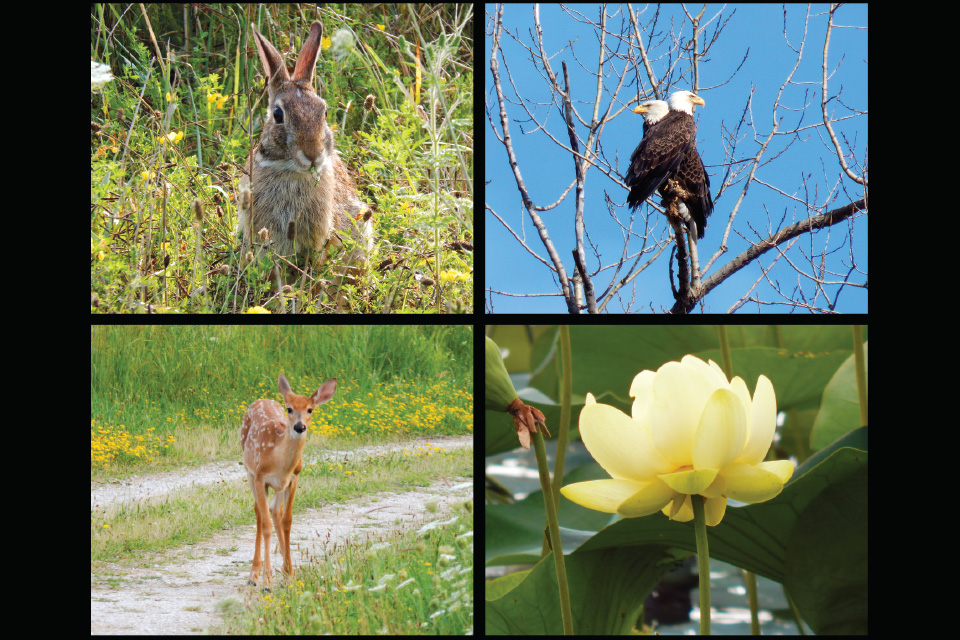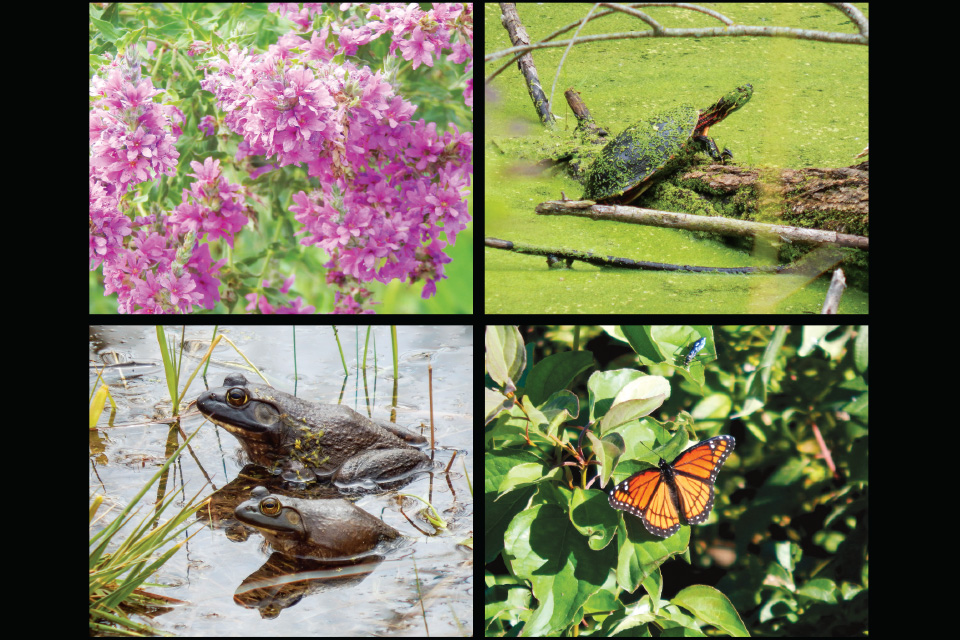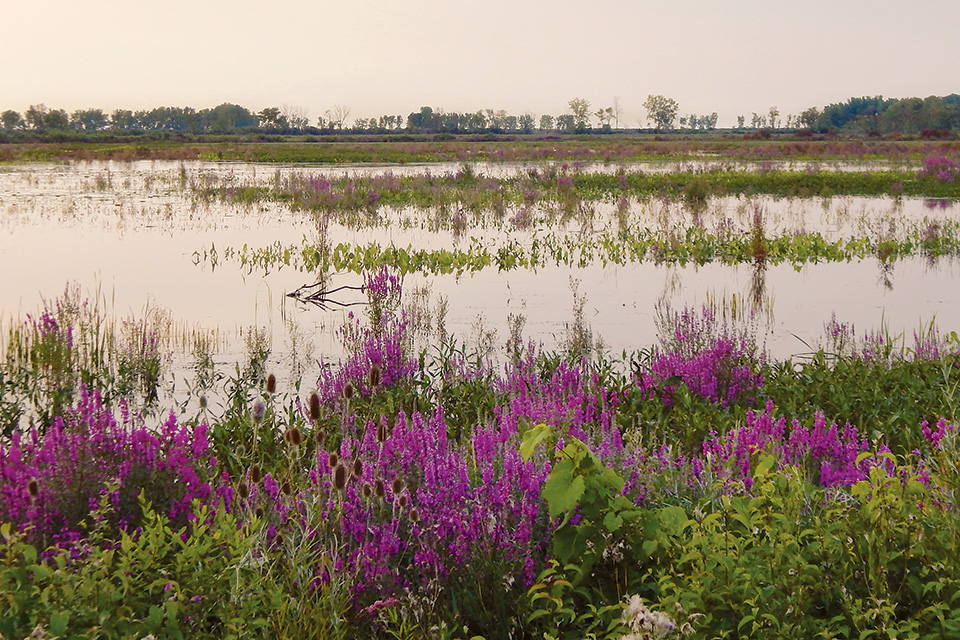Ohio Life
Explore the Serene Beauty of Ottawa National Wildlife Refuge
This refuge protects 10,000 acres of habitat along and on Lake Erie. It’s an incredible place to spot migrating birds, turtles, frogs and other creatures native to Ohio.
Related Articles

102 Days & Nights of Summer Fun in Ohio
We have plenty of ideas for making the most of the sunny season in the Buckeye State, from the Friday heading into Memorial Day weekend through Labor Day. READ MORE >>

Summer Fun in Ohio: 22 Ways to Enjoy June
Grab a ticket to a summer concert from the Dave Matthews Band, explore southern Ohio heritage at Ohio Valley Frontier Days, check the Ashland Balloon Festival and more. READ MORE >>

Summer Fun in Ohio: 17 Ways to Enjoy July
Celebrate the Fourth of July at Cedar Point, see The Lumineers at Riverbend Music Center, take in the tradition of the Ohio State Fair and more. READ MORE >>







